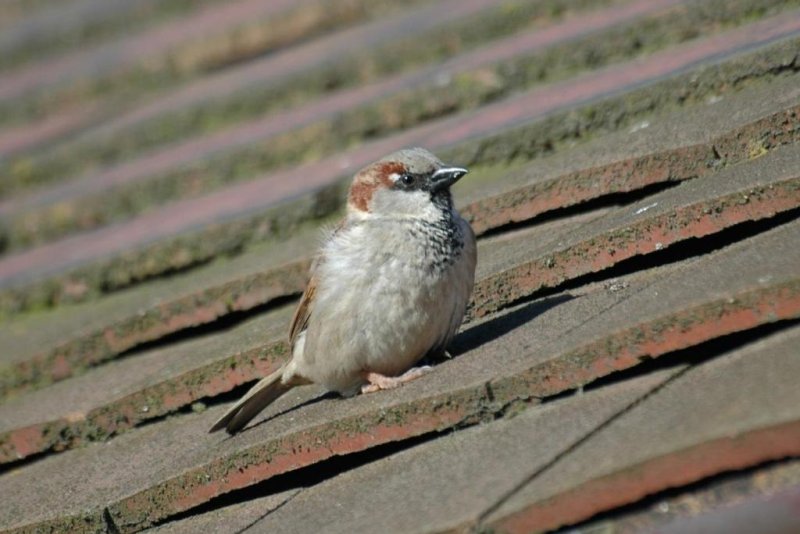The highly successful house sparrow is found all over the world, but it's numbers are declining in London and other European cities. Photo by ZSL/BTO
July 17 (UPI) -- Since 1995, London's iconic house sparrow population has declined 71 percent. New research suggests avian malaria is the primary driver of the population decline.
New tests showed avian malaria, a strain of malaria that only infects birds, is surprisingly common among groups of sparrows.
Between 2006 and 2009, researchers with the Zoological Society of London, Royal Society for the Protection of Birds, British Trust for Ornithology and the University of Liverpool tested groups of birds at 11 London breeding sites for parasite infections. Scientists also tracked reproductive and mortality rates at the 11 sites.
Their findings showed avian malaria is common. On average, nearly three-quarters of the birds in each group were infected. However, scientists failed to find a strong correlation between infection numbers and population decline.
Instead, scientists found a link between infection intensity and decline. Infection intensity is defined by the number of parasites living in an infected bird. Researchers found infection intensity was highest in the groups that declined the most during the three-year study.
"Parasite infections are known to cause wildlife declines elsewhere and our study indicates that this may be happening with the house sparrow in London," BTO researcher Daria Dadam said in a news release. "We tested for a number of parasites, but only Plasmodium relictum, the parasite that causes avian malaria, was associated with reducing bird numbers."
House sparrows, Passer domesticus, are one of the world's most successful bird species, largely thanks to their close relationship with humans and their ability to adapt to a variety of climate conditions. But in some places, like London and the Netherlands, their numbers have been rapidly declining.
The latest findings -- published Wednesday in the journal Royal Society Open Science -- offer the first clues as to why the species is struggling in some parts of the world.
"Although we found that nearly all sparrows carry Plasmodium, there was no association between the number of carriers and local sparrow population growth. Infection intensity, however, was significantly higher in young birds in the declining populations with fewer of the sparrows monitored in those groups surviving from year to year."
The malaria strain analyzed in the study affects many other bird species. The parasite, which is spread my mosquitoes, is likely to proliferate as the climate warms, making the problem worse.
"House sparrow populations have declined in many towns and cities across Europe since the 1980s," said Will Peach, head of research delivery at RSPB. "This new research suggests that avian malaria may be implicated in the loss of house sparrows across London. Exactly how the infection may be affecting the birds is unknown. Maybe warmer temperatures are increasing mosquito numbers, or the parasite has become more virulent."















